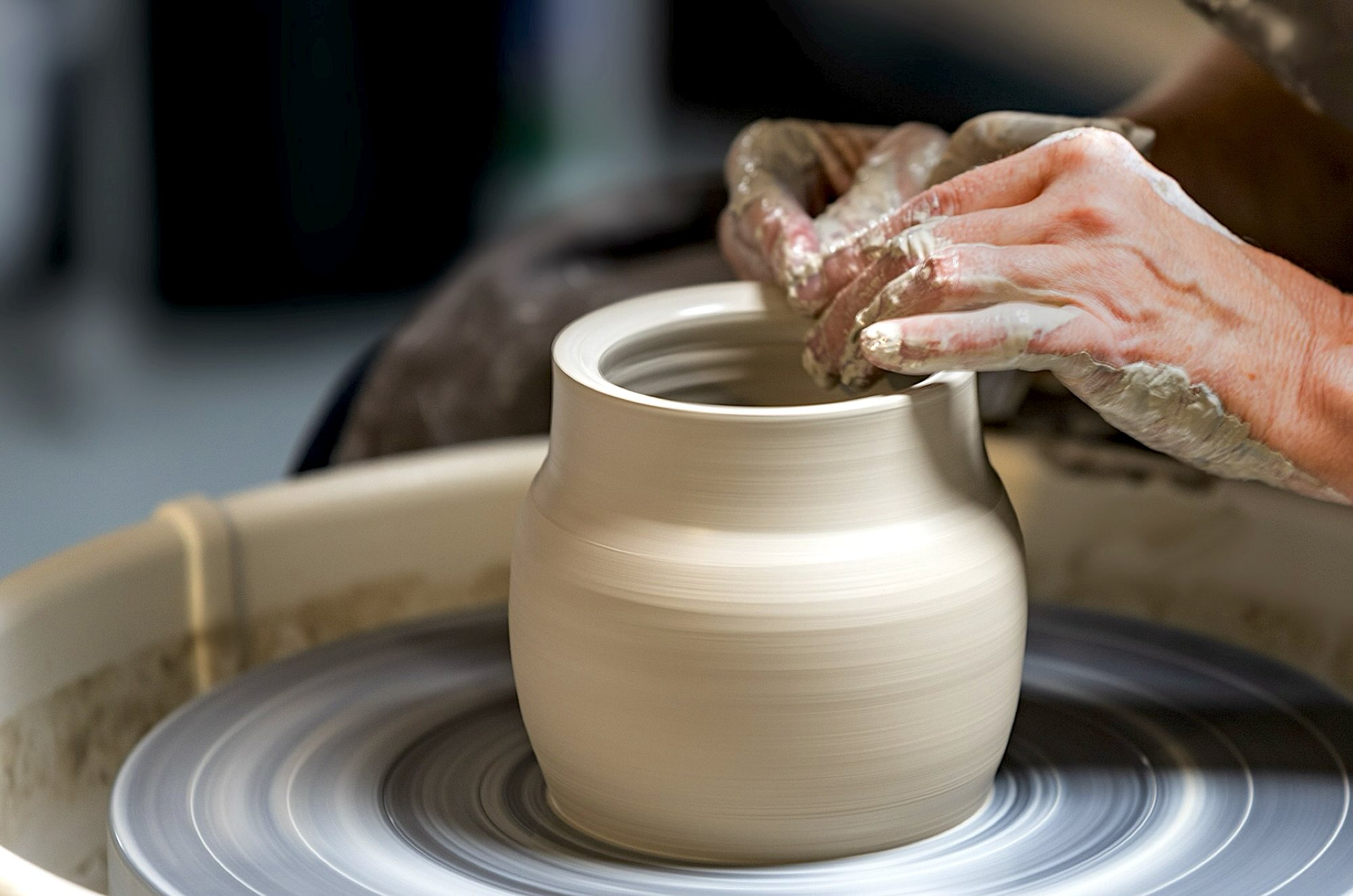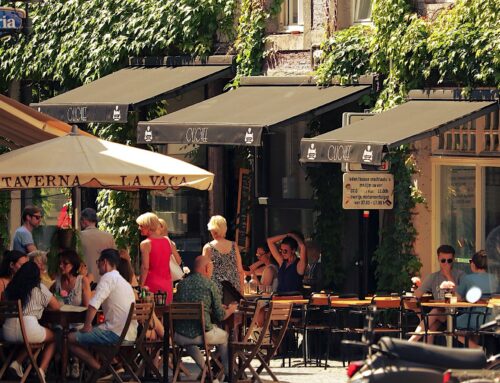In a world increasingly driven by technology, speed, and mass production, a counter-trend is quietly emerging: the “Rooted Revival.” This lifestyle movement emphasizes a return to simple, intentional living, deeply connected to traditions, nature, and community. Drawing inspiration from the past while adapting to modern needs, Rooted Revival isn’t just a nostalgic longing for “the good old days.” It’s a practical and philosophical shift toward more meaningful, sustainable, and mindful ways of living.
The Philosophy Behind Rooted Revival
At its core, the Rooted Revival trend celebrates the art of slowing down and reconnecting with the basics of life. It finds inspiration in practices that were once integral to daily living but have been overshadowed by convenience culture. The movement emphasizes self-sufficiency, craftsmanship, and an appreciation for natural processes.
Historically, this philosophy draws on elements of homesteading, agrarian living, and traditional crafts. Before the Industrial Revolution and urbanization transformed how we live, communities relied on their connection to the land and each other to thrive. From growing and preserving food to weaving textiles and building homes with their own hands, people lived in ways that were resourceful and inherently sustainable. Rooted Revival reinterprets these traditions for the modern world, blending timeless wisdom with today’s awareness of environmental challenges and personal wellness.
Why Now?
Several factors have contributed to the rise of Rooted Revival. The pandemic played a pivotal role by forcing people to slow down and reassess their priorities. Many began baking bread, gardening, and learning DIY skills as a way to find solace in uncertain times. The global shift toward remote work also allowed individuals to spend more time at home, fostering a desire to make their spaces functional and nourishing.
Additionally, growing concerns about climate change, food security, and the mental health impacts of an always-on digital culture have pushed people to seek grounding practices. Rooted Revival answers this need by encouraging mindful consumption, sustainability, and reconnection with natural cycles.
Key Elements of the Rooted Revival Trend
DIY Culture and Craftsmanship. Handmade goods are at the heart of this trend, reflecting a move away from mass production and disposability. From knitting and woodworking to fermenting foods, people are rediscovering the joy of creating with their hands. Workshops and maker spaces are thriving as people seek to learn traditional skills that provide both utility and fulfillment.
Gardening and Urban Homesteading. The popularity of gardening has exploded, even in urban settings. Container gardening, rooftop plots, and community gardens allow individuals to grow their own herbs, vegetables, and flowers, no matter how small their space. This aspect of the trend also includes preserving foods through canning, pickling, and dehydrating—a nod to the self-sufficiency of earlier generations.
Minimalism with a Purpose. Rooted Revival rejects minimalism for minimalism’s sake, focusing instead on intentional simplicity. The goal isn’t to own less for aesthetic reasons but to curate a life free of unnecessary distractions, where every possession and activity has meaning. This extends to sustainable fashion, where people choose quality, timeless pieces over fast fashion.
Community and Connection. Shared experiences and mutual support are central to Rooted Revival. Farmers’ markets, craft fairs, and neighbourhood workshops are becoming popular spaces for people to exchange goods, ideas, and skills. These gatherings foster a sense of belonging and mutual care, mirroring the tight-knit communities of the past.
Where the Trend is Heading
Rooted Revival shows no signs of slowing down. As technology continues to evolve, many are using it as a tool to enhance—not replace—their connection to rooted practices. For example, apps that help with gardening, platforms for sharing DIY tutorials, and online marketplaces for handmade goods are growing in popularity.
The movement is also influencing industries like interior design, where natural materials like wood, stone, and wool are favoured over synthetic alternatives. Even in tech-heavy sectors, there’s a push for balance, with innovations like smart devices designed to enhance slow living rather than disrupt it.
The future of Rooted Revival is one of harmony—balancing the wisdom of the past with the innovations of the present. It encourages individuals to live more sustainably, prioritize well-being, and foster meaningful connections with themselves, others, and the natural world.
Conclusion
Rooted Revival is more than a trend; it’s a way of living that challenges us to reconnect with what truly matters. By embracing practices that honour tradition while addressing modern challenges, it offers a path to a life that feels grounded, purposeful, and full of meaning. Whether you’re planting a garden, learning a craft, or simply slowing down to appreciate the moment, this revival invites you to root yourself in the joys of intentional living.





